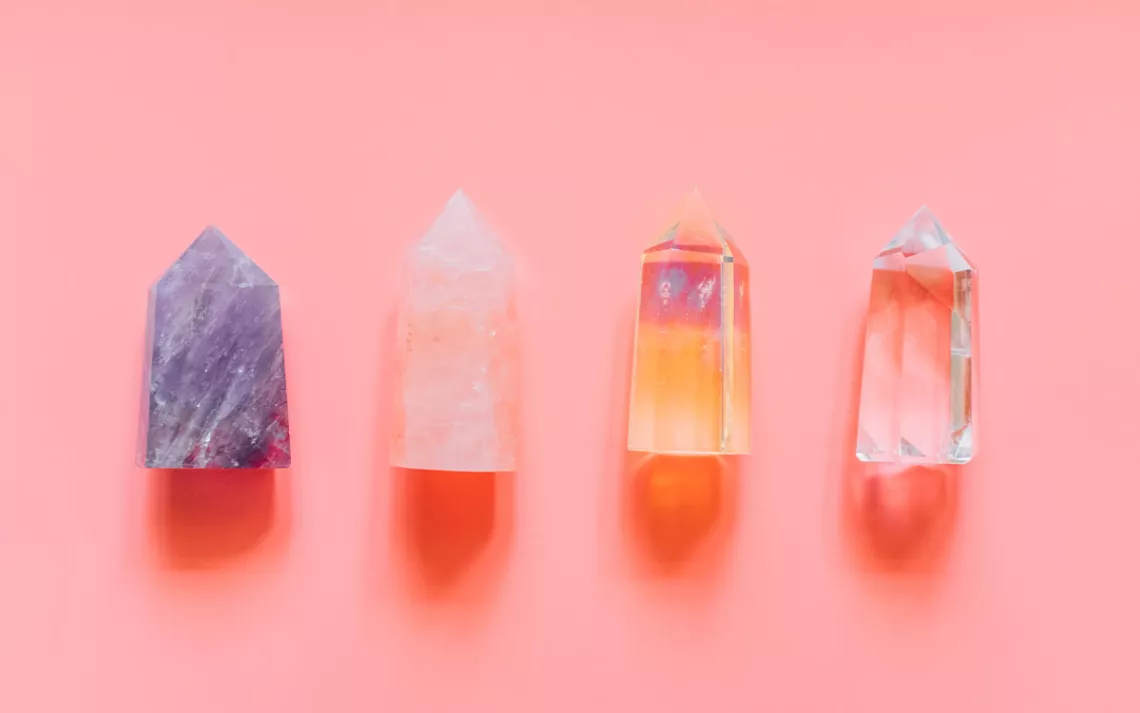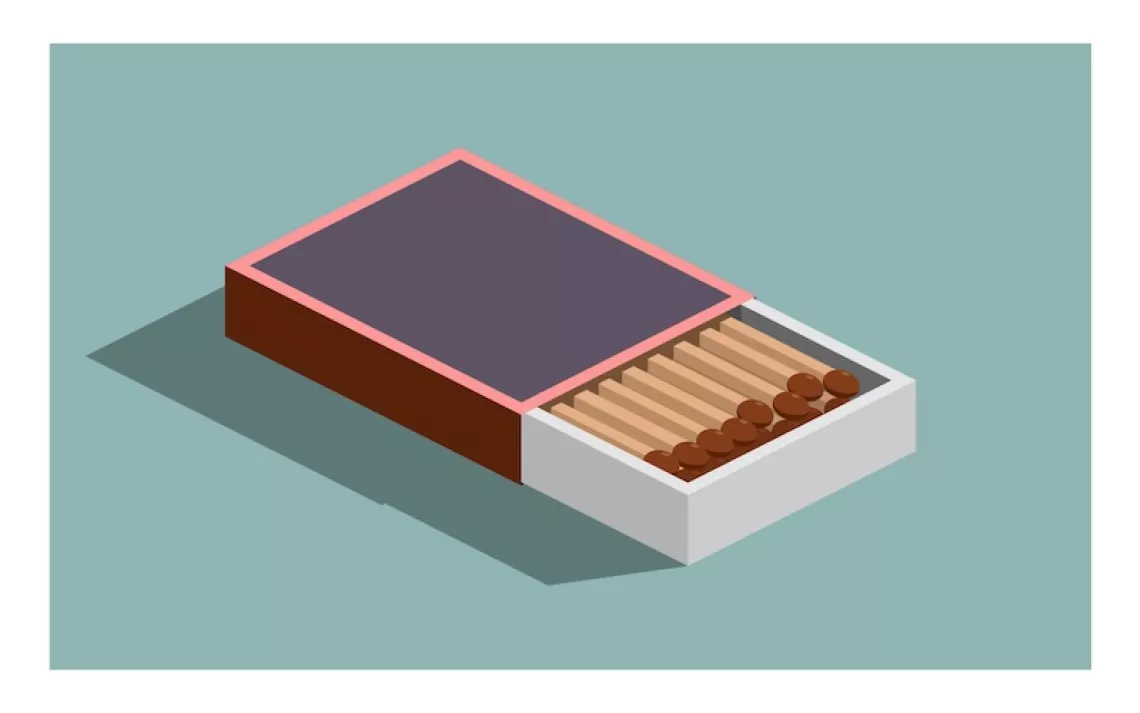Where Can I Get Crystals That Are Less Toxic, Locally Sourced, and Ethical?
Ms. Green has advice on how to avoid toxic Teflon and dyes

Photo by PansLaos/Getty Images
Hey, Ms. Green!
We love to dig up crystals on our property in Anza. Are there ethically mined, local crystals in California and around the country? How do we know that a crystal is being mined ethically?
—LaRoux Dodge
Who doesn’t like a beautiful geode sitting on a windowsill? For some people, crystals round out the vibe of their home decor. For others, crystals like amethyst and rose quartz carry special meaning, even powerful energy that can calm, inspire, and protect.
But the crystal supply chain can be even murkier than that of diamonds. There are no federal regulations in place in the United States for the crystal industry (though Canada, Finland, Argentina, Botswana, Spain, and the Philippines have the strongest sustainable mining regulations for other resources). That lack of federal oversight means that it’s up to the seller to uphold ethical standards in how they source the stones in their shops. Some crystals are mined in ways that violate human and labor rights. Others might not be mined in ways that are unjust but may be sprayed with toxic chemicals like Teflon to boost their sparkle.
Here’s how to do your due diligence when searching for that special stone.
Is that crystal sprayed with toxic dyes?
Before you make a purchase, ask the seller whether the crystal was sprayed with a chemical or dye to make it shine more. For example, some crystals with that rainbow-ish and metallic “jelly” or “aqua aura” tone could be coated with Teflon, which is a member of the toxic PFAS family of forever chemicals proven to be harmful to your health and the environment.
Was it ethically and sustainably sourced?
The labor that goes into producing the goods and services we rely on matters. It ought to be no different when it comes to stones mined around the world. You’ll feel better knowing that that special crystal was not produced in a way that violated human and labor rights. Unfortunately, there is no central repository of information you can look up to make sure the stone was mined ethically and sustainably.
Only two small businesses replied to my questions on how they source their crystals. One was Moonrise Crystals, which created a list describing their ethics. And they don’t sell dyed or heat-treated crystals. Cutting and polishing or dyeing stones can expose workers to health risks. “Dyed crystals might be toxic to workers. They can come in many forms, such as slices, tumbled stones, or geodes,” Julie Abouzelof, owner of Moonrise Crystals, told me. “Generally, whenever the stone is dyed, it will be sold as ‘agate.’ Natural agates tend to have a pastel color, while dyed crystals are more vibrant.”
Raw for the win
Raw mineral specimens might have less of an environmental impact. Raw crystal specimens are almost always still attached to a host rock and have not been polished. They’re mostly dug by hand to preserve delicate crystal structures. Larger crystals such as rose quartz can have a bigger environmental impact because they are mined in large open pit quarries with dynamite and heavy machinery.
Where to hunt for (or buy) locally grown crystals
There are plenty of resources out there to help you hunt for your own special stones. If you’re in Arkansas, for example, find free crystals on the Crystal Vista Trail or at Crater of Diamonds State Park. Or hunt for them at Wegner Crystal Mines, the greenest mines I could find. They use recycled packaging for all customers, collect rainwater to clean crystals and flush toilets, and use solar and wind power. Other mines include Herkimer Diamond Mines and Ace of Diamonds in New York; Graves Mountain in Georgia; Rainbow Ridge Opal Mines in Nevada; Cherokee Ruby Mine and Foggy Mountain Gem Mine (and lapidary) in North Carolina; Diamond Hill Mine in South Carolina; Blue Crystal Mines in Utah; High Desert Gems and Minerals in California, Nevada, Oregon, and Utah; and Ocean View and Pala Chief Mines in California.
Try to avoid stones from “salted” crystal mines. These are mines where a company has added precious metals or gemstones that have been sourced elsewhere to their mines. So when you pan for crystals, you might end up with ones that aren’t local or ethically mined.
More ethical crystals from around the world
In addition to Moonrise, Solstice created a comprehensive list of its ethics. It also sells vintage crystals. It doesn't sell metallic sulphide crystals like pyrite, chalcopyrite, galena, covellite, stibnite, and orpiment because of the potential for toxic mining runoff and leaching of heavy metals into the environment. If you request gently used packaging, both businesses will grant your wish. Also, the Idyllwild Nature Center in California sells locally mined raw crystals.
 The Magazine of The Sierra Club
The Magazine of The Sierra Club



